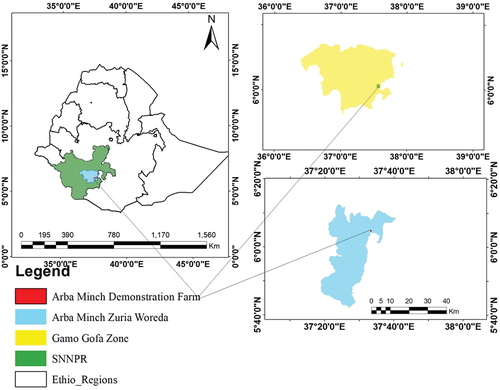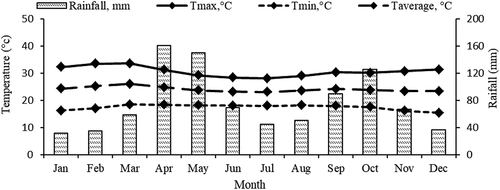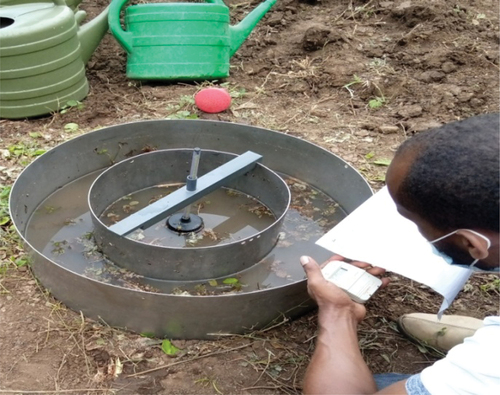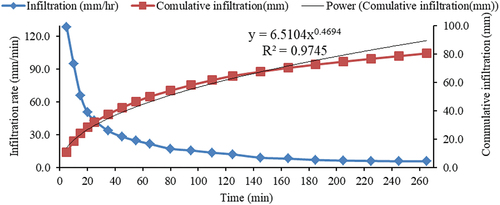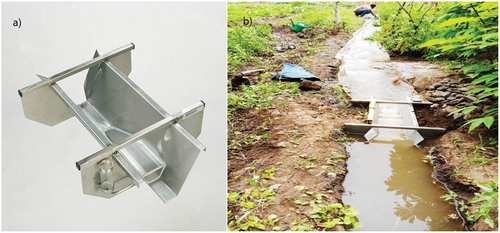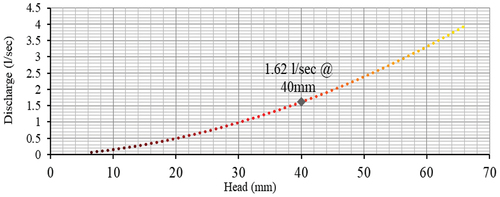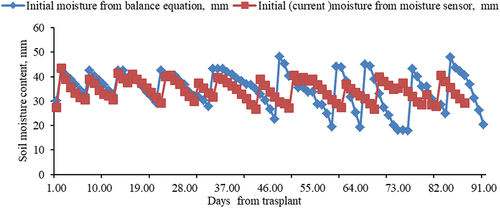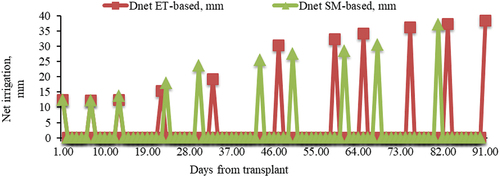Figures & data
Figure 3. Layout of experimental field.
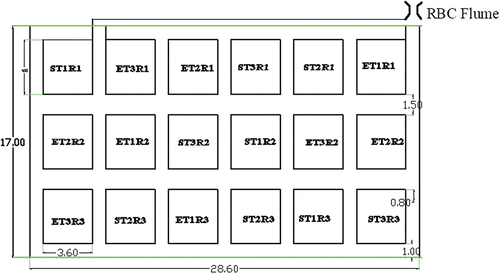
Table 1. Treatments and levels of application
Table 2. Soil properties of the area
Table 3. Irrigation schedules
Table 4. Net requirement of irrigation water
Table 5. ANOVA for effects of irrigation scheduling methods on WUE
Table 6. ANOVA for the effect of irrigation scheduling methods on yield performance

